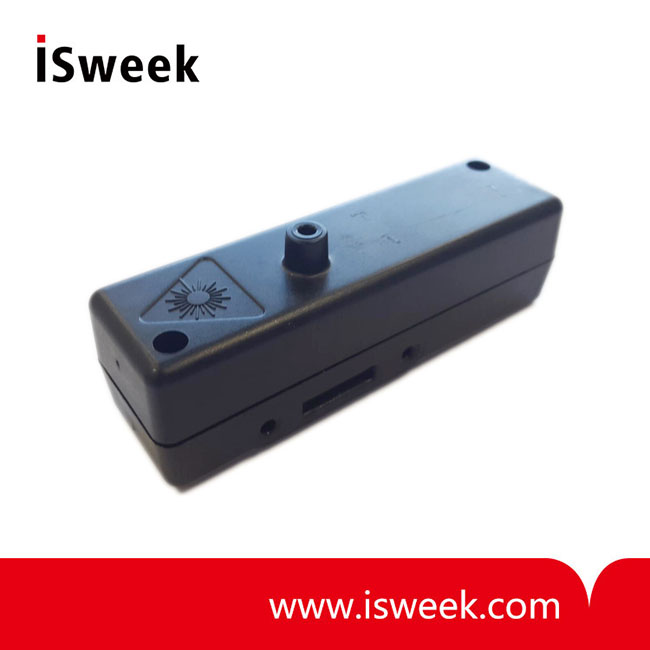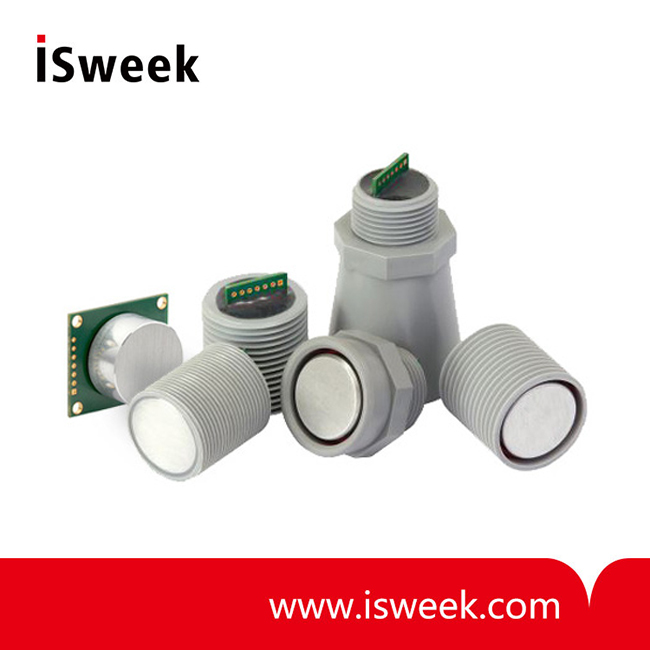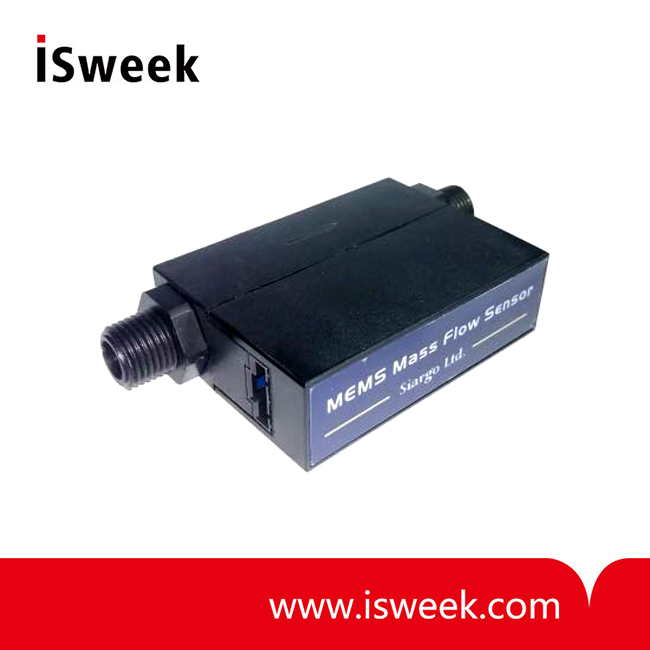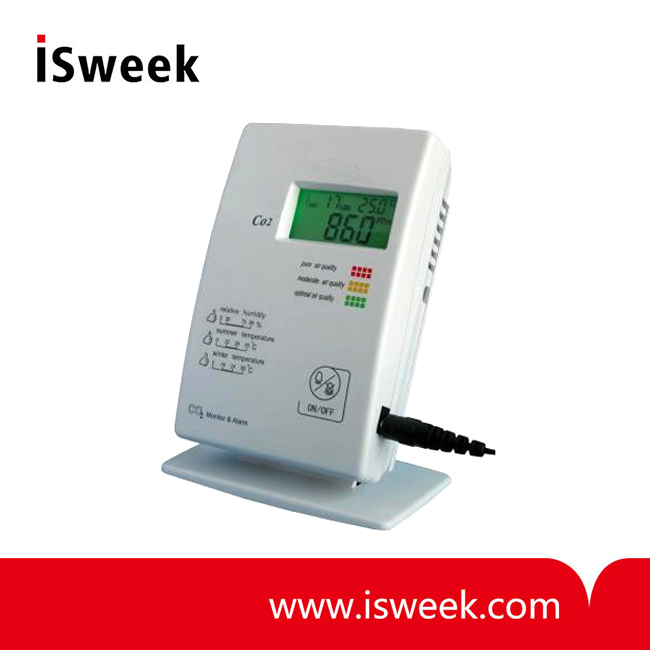In modern clinical medicine, ventilators, as an effective means of artificially replacing spontaneous ventilation, are widely used in respiratory failure, anesthesia management during major surgeries, respiratory support therapy, and emergency resuscitation. They hold a vital position in modern medicine, preventing and treating respiratory failure, reducing complications, and saving lives.
Understanding the Ventilator Workflow
A ventilator’s operation is a precise process. It begins with a pressure-reducing valve decompressing high-pressure gases (like air and oxygen) to achieve a stable pressure. These gases are then finely adjusted by a proportional valve to create a mixture with a specific flow and ratio. This blended gas proceeds through the breathing circuit, ready for delivery to the patient.
A key stage in this process occurs within the ventilator humidifier. Here, the mixed gas is warmed and humidified to mimic the body’s natural respiratory conditions. This conditioned, comfortable air is then delivered to the patient’s lungs for gas exchange, after which the exhaled gas is expelled through an expiratory valve.
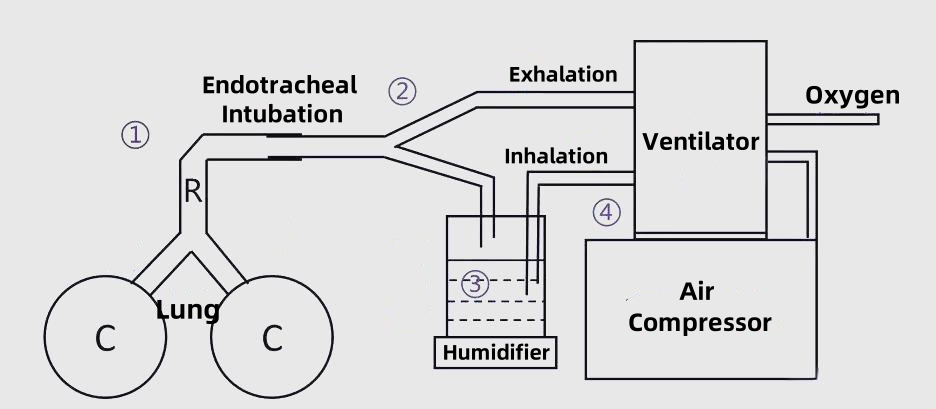
The Importance of Climate Control in the Humidifier
Precise climate control within the ventilator humidifier is not just about comfort—it is a critical safety and efficacy factor. Dry, cold air can damage the delicate tissues of the airways. Therefore, accurately monitoring and controlling the temperature and humidity at the air intake is essential. For this demanding application, we recommend the HTU21DF temperature and humidity sensor.
HTU21DF: A Precision Sensor for Medical Applications
The HTU21DF from MEAS sets new standards for intelligent, miniaturized sensing. Housed in a tiny, reflow-solderable DFN package (3mm x 3mm), it provides fully calibrated, linearized digital signals via an I²C interface. This plug-and-play transducer is designed for OEM applications where reliable, accurate measurements, low power consumption, and small size are critical.
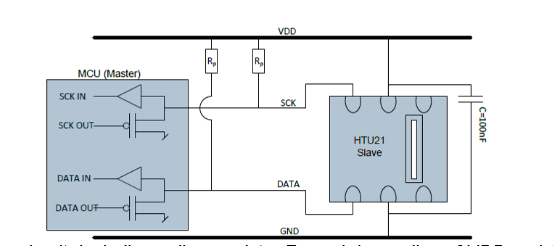
Key Features and Benefits for Ventilator Systems
-
High Accuracy & Wide Range: The sensor operates across a broad temperature range of -40°C to 125°C and a humidity range of 1-100% RH, fully encompassing the requirements of a ventilator humidifier environment.
-
Fully Digital I²C Interface: It allows for direct microcontroller interface, simplifying system design and improving communication reliability.
-
Proven Reliability: Every sensor is individually calibrated and tested. It features a protective PTFE membrane, making it a robust solution for medical equipment.
-
Ultra-Low Power Consumption: Designed for energy-sensitive applications, the HTU21DF is ideal for ensuring the long-term, stable operation of critical life-support devices.
Conclusion
Integrating a high-performance temperature and humidity sensor is paramount for the advanced functionality of a ventilator humidifier. The HTU21DF, with its digital precision, miniaturized footprint, and robust design, offers an ideal solution for manufacturers aiming to enhance patient care, safety, and device reliability.



